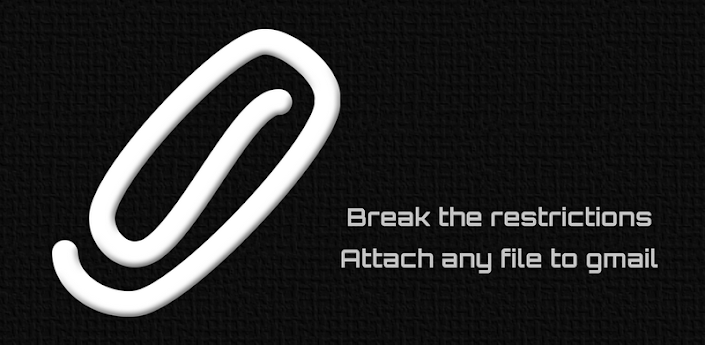AskGEeks Explains:
How to Trick Gmail Antivirus Scanner: Send Any File Type with Gmail. (.exe, .dll, .com, .bat)
Thanks to the new Gmail antivirus scanner, we are no longer allowed to
send or receive emails with .exe, .dll, .ocx, .com or .bat attachments.
Even if the same files are sent in a zipped format (.zip, .tar, .tgz,
.taz, .z, .gz) they will be rejected! To the best of our knowledge the
only format is still allowed is .rar, which is good news for WinRAR
users.
 Since you cannot turn off
the Gmail antivirus scanning utility, you can use one of the following
methods to send an executable program file (exe), and other blocked file
formats in Gmail.
Since you cannot turn off
the Gmail antivirus scanning utility, you can use one of the following
methods to send an executable program file (exe), and other blocked file
formats in Gmail.
1. Rename the file. Change the file extension to fool the Gmail scanner. Example: rename update.zip to update.zib
Or rename the attachment to contain instructions for the recipient to
property use it. For example: rename update.exe to update.exe.removeme
2. Use a free file hosting service like Rapidshare, Megaupload, or
Yousendit to upload your file. Then email the link to the location of
your uploaded file in the body of your Gmail message.
3. If you
have lot of .exe files to send, put them in a zip file and change the
extension of the zip file as mentioned in step one. Remember, Gmail
denies zip attachments that contain exe files. Password protection won't
work either since Gmail is able to examine .exe filenames even in
password protected zipped file. s as the archived filename listings are
not encrypted by the Zip program.
4. Use different compression
software like WinRAR. It compresses files in .rar format which is not
currently blocked by Google. There is a high probability that Gmail will
not support .rar formats in future. So if you do send one be sure the
recipient actually received it.
Important: I recommend using
only the first technique since all others violate Google's terms and
policies. If they do find out they could terminate your Gmail account
completely.
Sending virus infected files with Gmail is against
Google's terms of service policy. In some rare cases, If you need to
mail an infected file for reporting purposes to an antivirus vendor,
like the Symantec Security Response center, you can use any of the above
techniques to bypass the virus scanner and attach infected files in
your emails.
1. Rename the file. Change the file extension to fool the Gmail scanner. Example: rename update.zip to update.zib
Or rename the attachment to contain instructions for the recipient to property use it. For example: rename update.exe to update.exe.removeme
2. Use a free file hosting service like Rapidshare, Megaupload, or Yousendit to upload your file. Then email the link to the location of your uploaded file in the body of your Gmail message.
3. If you have lot of .exe files to send, put them in a zip file and change the extension of the zip file as mentioned in step one. Remember, Gmail denies zip attachments that contain exe files. Password protection won't work either since Gmail is able to examine .exe filenames even in password protected zipped file. s as the archived filename listings are not encrypted by the Zip program.
4. Use different compression software like WinRAR. It compresses files in .rar format which is not currently blocked by Google. There is a high probability that Gmail will not support .rar formats in future. So if you do send one be sure the recipient actually received it.
Important: I recommend using only the first technique since all others violate Google's terms and policies. If they do find out they could terminate your Gmail account completely.
Sending virus infected files with Gmail is against Google's terms of service policy. In some rare cases, If you need to mail an infected file for reporting purposes to an antivirus vendor, like the Symantec Security Response center, you can use any of the above techniques to bypass the virus scanner and attach infected files in your emails.








0 comments:
Post a Comment